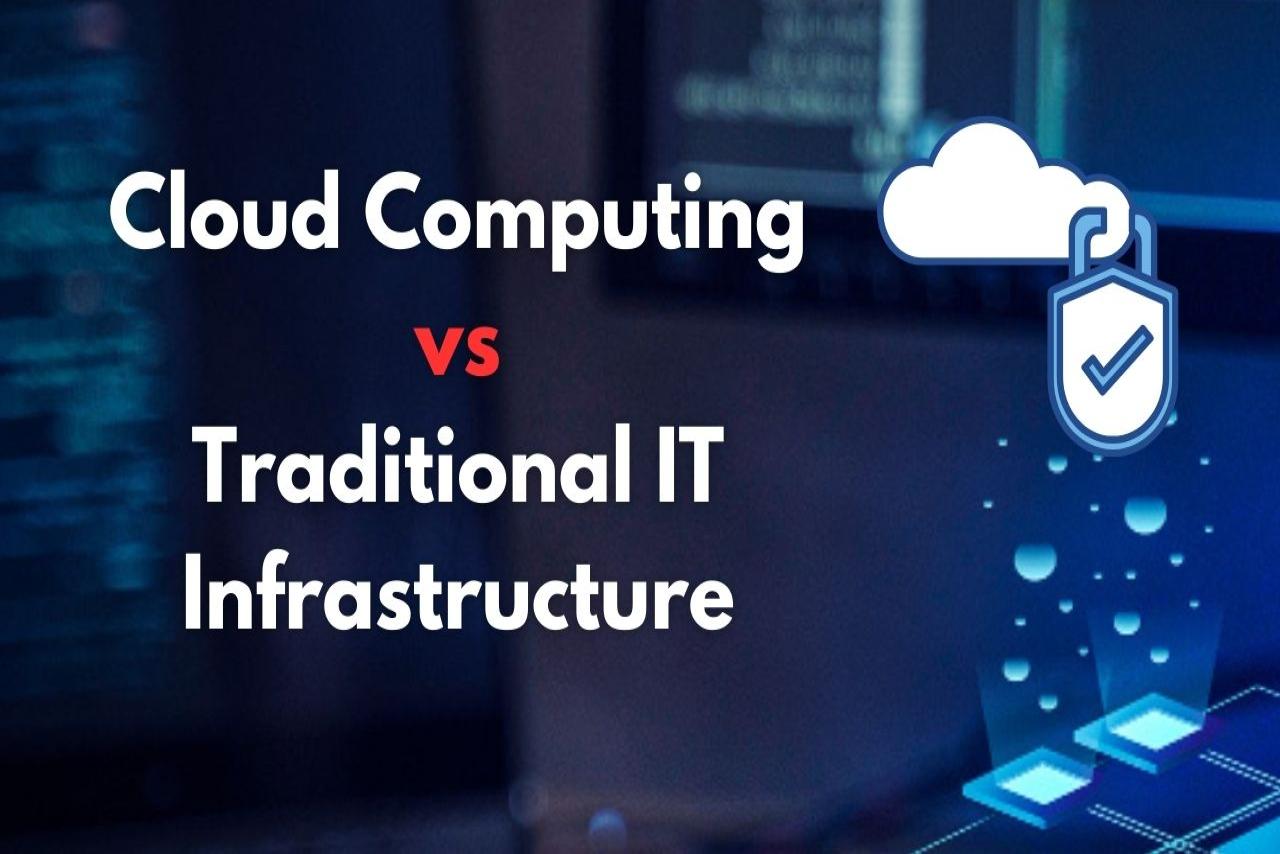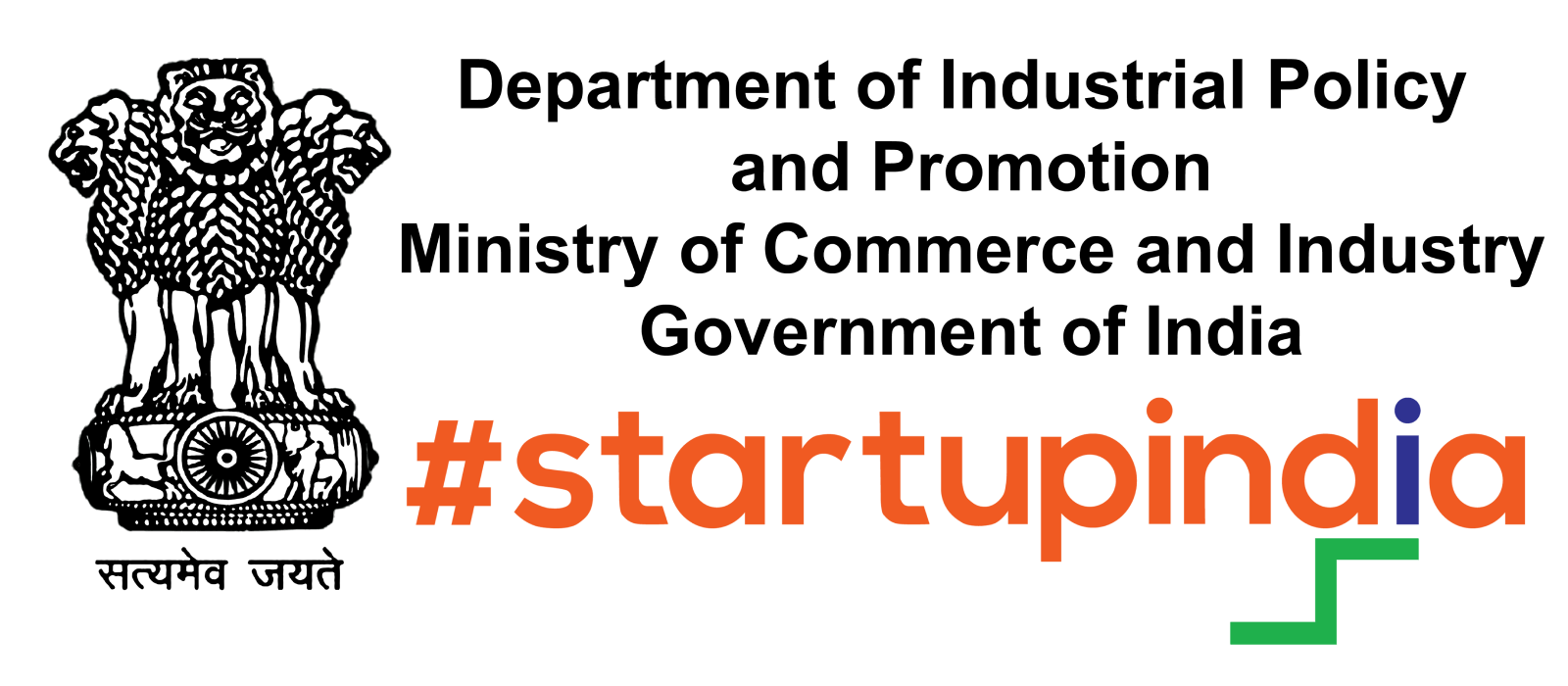In the ever-expanding landscape of technology, two giants stand at the forefront of digital architecture – Cloud Computing and Traditional IT Infrastructure. As organizations grapple with the decision of choosing the right technological backbone, a thorough understanding of the strengths, weaknesses, and nuances of each is paramount. Join us on this journey as we delve into the comparison between Cloud Computing and Traditional IT Infrastructure, exploring the intricacies, benefits, challenges, and the factors that influence the choice between these two technological paradigms.
Understanding Traditional IT Infrastructure
Traditional IT Infrastructure, often referred to as on-premises infrastructure, represents the conventional model of managing computing resources within the physical confines of an organization's premises. This approach involves investing in and maintaining servers, storage, networking equipment, and other hardware within dedicated data centers owned and operated by the organization.
Pros of Traditional IT Infrastructure:
-
Control and Security: Organizations have direct control over their hardware and infrastructure, allowing them to implement customized security measures based on specific needs and compliance requirements.
-
Predictable Costs: With a capital expenditure model, organizations can predict and budget for hardware and maintenance costs upfront, providing financial predictability.
-
Customization: On-premises solutions allow for tailor-made configurations and setups to meet unique business requirements, ensuring a personalized IT environment.
Cons of Traditional IT Infrastructure:
-
High Initial Costs: Acquiring and setting up physical hardware involves significant upfront costs, including the purchase of servers, networking equipment, and the establishment of data centers.
-
Scalability Challenges: Scaling up or down often requires substantial lead time and investment, making it challenging to respond swiftly to changing business needs.
-
Maintenance Overhead: Organizations bear the responsibility of maintaining and updating hardware, ensuring security patches, and managing the overall infrastructure lifecycle.
Enter the Cloud: Cloud Computing Defined
In stark contrast to traditional IT infrastructure, Cloud Computing delivers computing services over the internet, eliminating the need for organizations to own and manage physical hardware. Cloud services are provided by third-party vendors who own and operate data centers, offering on-demand access to a shared pool of computing resources.
Pros of Cloud Computing:
-
Cost Efficiency: Cloud services operate on a pay-as-you-go model, allowing organizations to pay only for the resources they consume. This eliminates the need for significant upfront investments.
-
Scalability: Cloud computing provides unparalleled scalability, allowing organizations to scale resources up or down based on demand. This agility is particularly beneficial for handling variable workloads.
-
Managed Services: Cloud providers handle the maintenance, security, and updates of the underlying infrastructure, freeing organizations from the operational overhead associated with traditional IT management.
Cons of Cloud Computing:
-
Security Concerns: While cloud providers implement robust security measures, concerns about the security of sensitive data stored in the cloud persist, making some organizations hesitant to migrate critical workloads.
-
Dependency on Internet Connectivity: Access to cloud services relies on internet connectivity. Organizations in remote or low-connectivity areas may face challenges in utilizing cloud resources effectively.
-
Potential for Vendor Lock-in: Choosing a specific cloud provider may lead to vendor lock-in, making it challenging to migrate services seamlessly to another provider or back to on-premises infrastructure.
Comparative Analysis: Factors Influencing the Choice
1. Cost Considerations:
-
Traditional IT Infrastructure: Initial costs can be high, but organizations have more predictable, upfront expenses.
-
Cloud Computing: Operates on a pay-as-you-go model, offering cost flexibility. However, long-term costs may accumulate, especially for consistently high workloads.
2. Scalability and Flexibility:
-
Traditional IT Infrastructure: Scalability is limited, and significant lead time and investment are required for expansion.
-
Cloud Computing: Offers unparalleled scalability, allowing organizations to adapt quickly to changing workloads and requirements.
3. Control and Customization:
-
Traditional IT Infrastructure: Provides full control over hardware and configurations, enabling customized setups.
-
Cloud Computing: Involves relinquishing some control to the cloud provider. Customization is possible but within the framework provided by the chosen service.
4. Maintenance and Operational Overhead:
-
Traditional IT Infrastructure: Requires organizations to manage and maintain hardware, leading to significant operational overhead.
-
Cloud Computing: Cloud providers handle maintenance, updates, and security, reducing operational burden on organizations.
5. Security and Compliance:
-
Traditional IT Infrastructure: Allows organizations to implement customized security measures and ensures data remains within the organization's physical boundaries.
-
Cloud Computing: Relies on cloud providers for security. While providers implement robust measures, concerns about data security and compliance may arise.
Real-World Applications: When to Choose What?
1. Startups and Small Businesses:
-
Recommendation: Cloud Computing
-
Rationale: Startups and small businesses benefit from the cost flexibility and scalability offered by cloud services. They can avoid significant upfront investments and scale as they grow.
2. Large Enterprises:
-
Recommendation: Hybrid Approach
-
Rationale: Large enterprises may opt for a hybrid approach, leveraging the scalability of the cloud for variable workloads and maintaining on-premises infrastructure for sensitive or regulatory-compliant data.
3. Projects with Variable Workloads:
-
Recommendation: Cloud Computing
-
Rationale: Projects with variable workloads can benefit from the scalability and cost-efficiency of cloud services, allowing resources to be scaled up or down as needed.
4. Highly Regulated Industries:
-
Recommendation: Traditional IT Infrastructure
-
Rationale: Industries with strict regulatory requirements, such as finance or healthcare, may prefer the control and security offered by on-premises infrastructure.
Conclusion: The Hybrid Future
In conclusion, the choice between Cloud Computing and Traditional IT Infrastructure is not a one-size-fits-all decision. Rather, it depends on a multitude of factors, including organizational size, budget considerations, scalability needs, and industry-specific requirements. The evolving landscape sees many organizations embracing a hybrid approach, leveraging the strengths of both paradigms to create a tailored solution that aligns with their unique needs.
As we navigate this technological crossroads, it becomes evident that the future lies in hybrid solutions that blend the best of both worlds. Organizations are poised to harness the flexibility and scalability of the cloud while maintaining control and customization through on-premises infrastructure where necessary. The battle between Cloud Computing and Traditional IT Infrastructure is not a duel with a winner and a loser; it's a collaboration that shapes the future of digital architecture, offering a spectrum of possibilities for organizations to thrive in an ever-evolving technological landscape.




